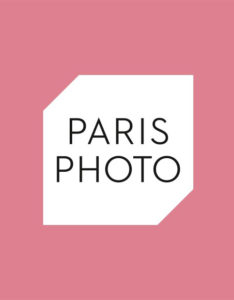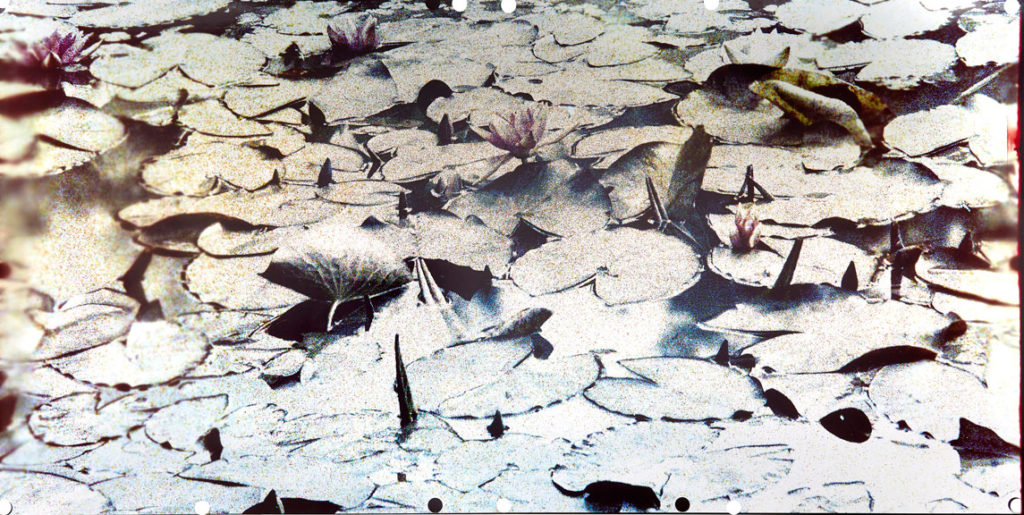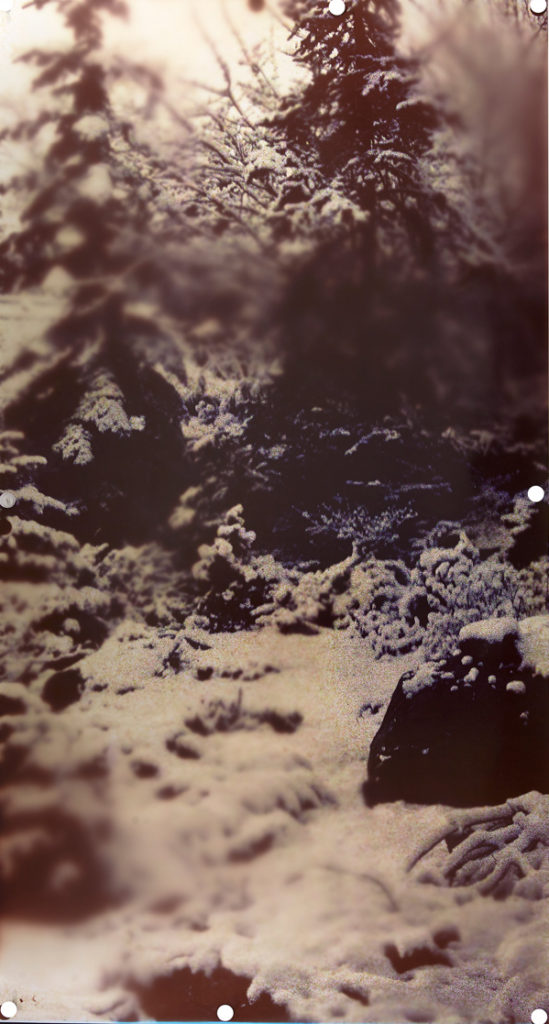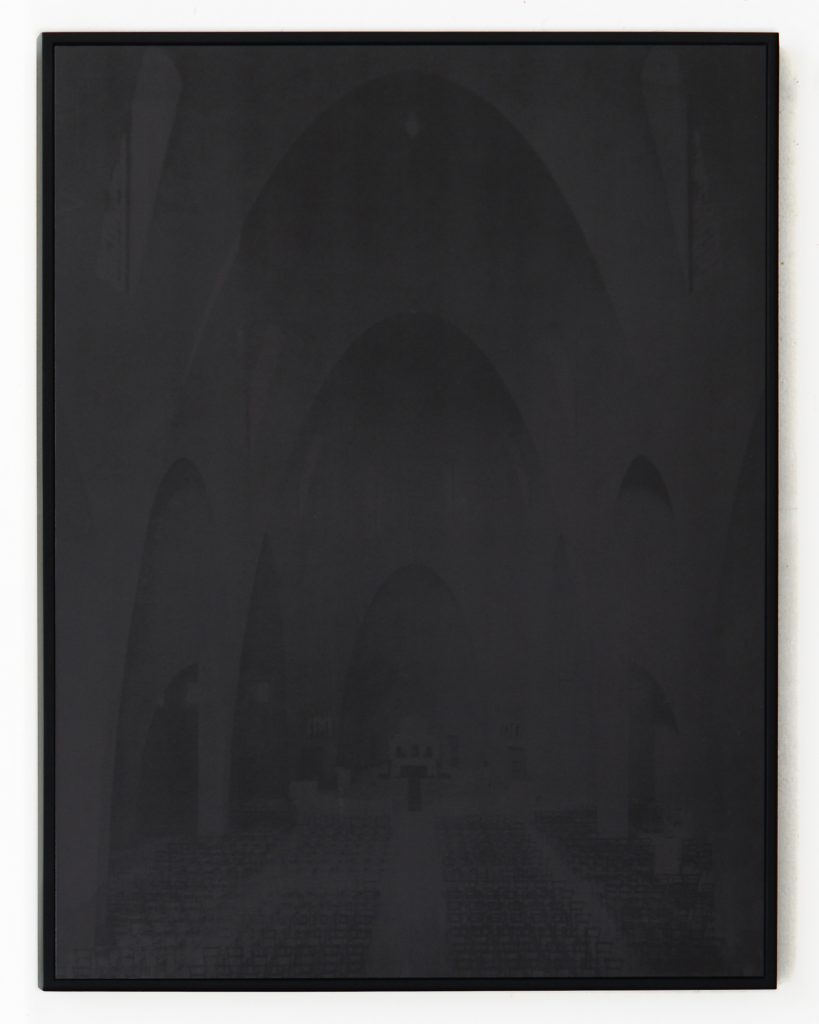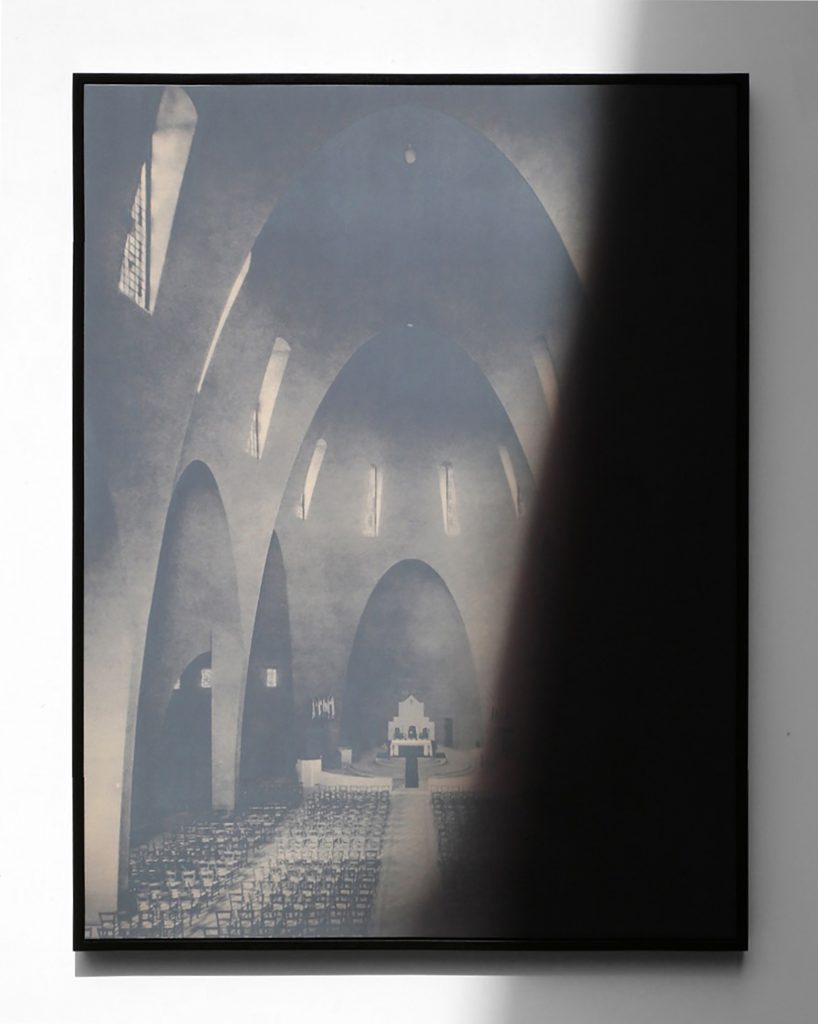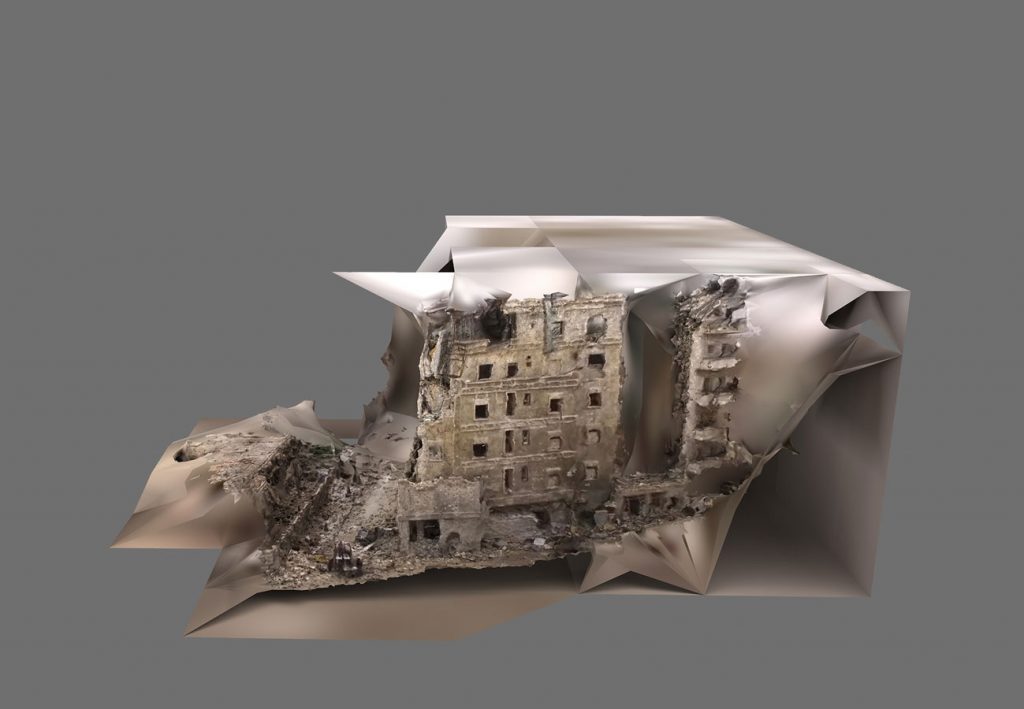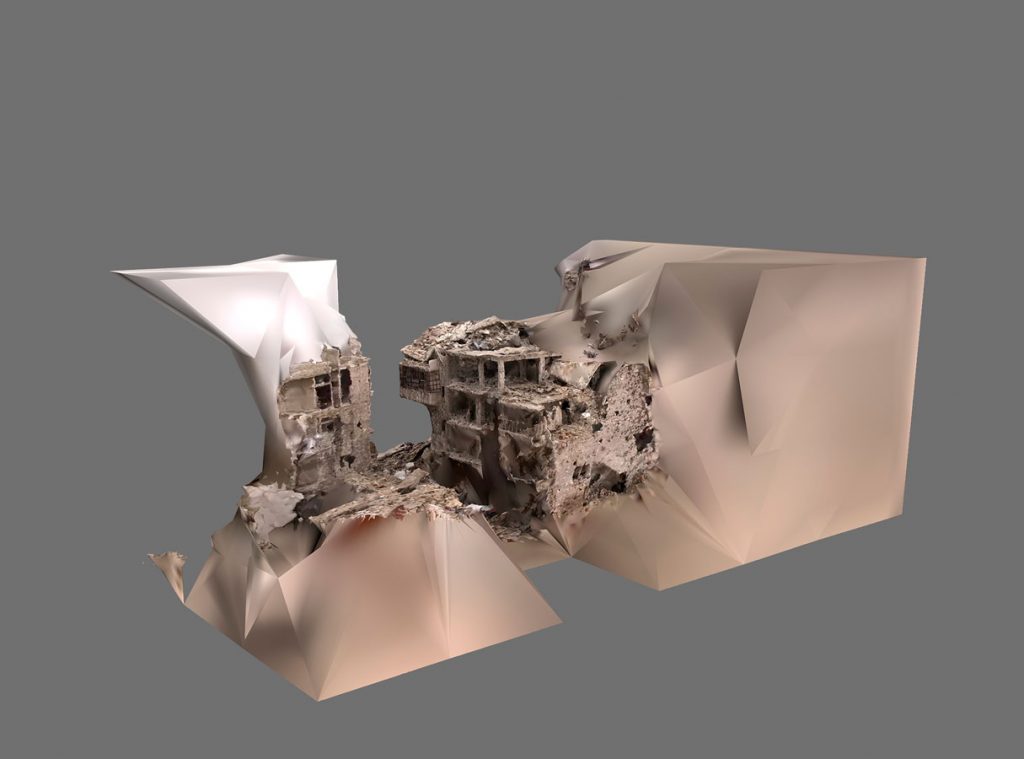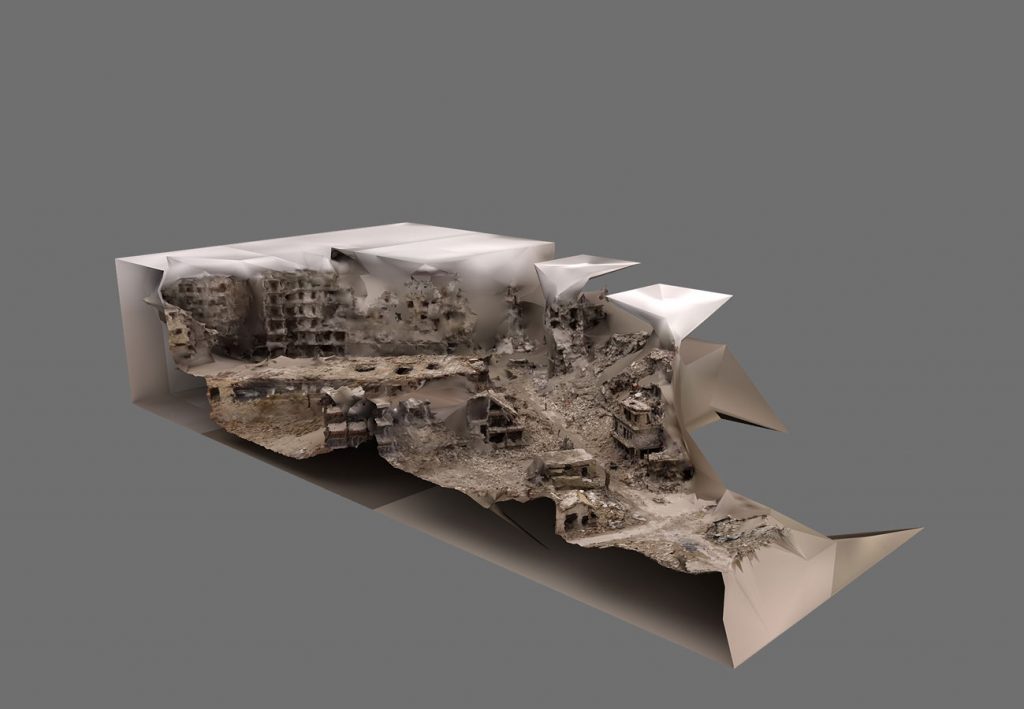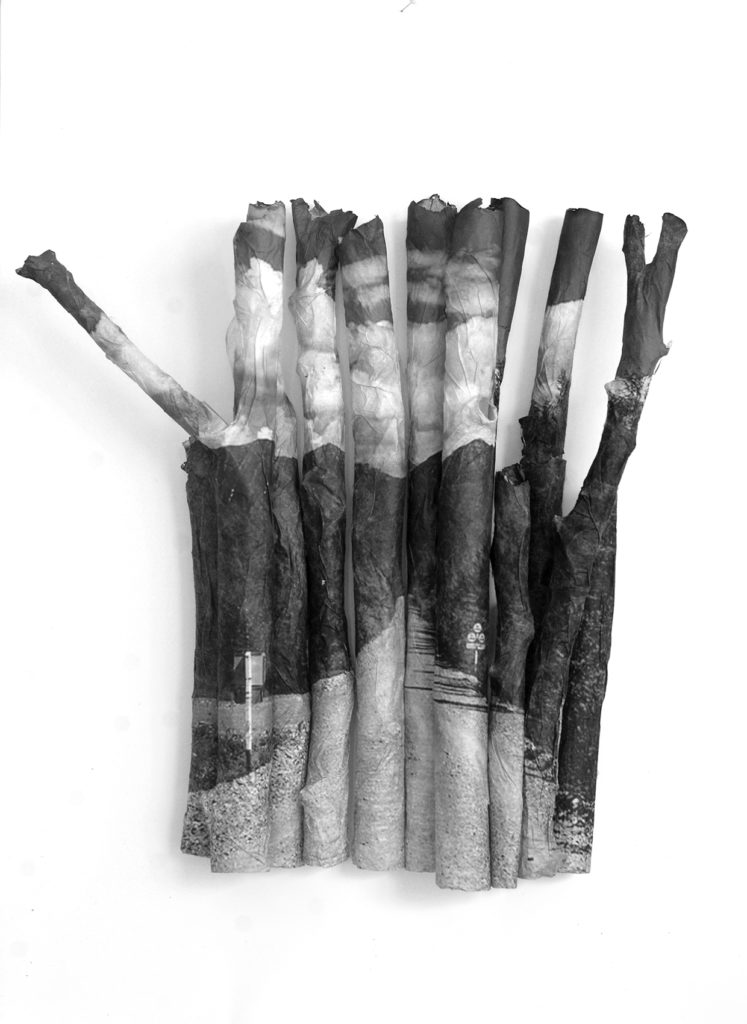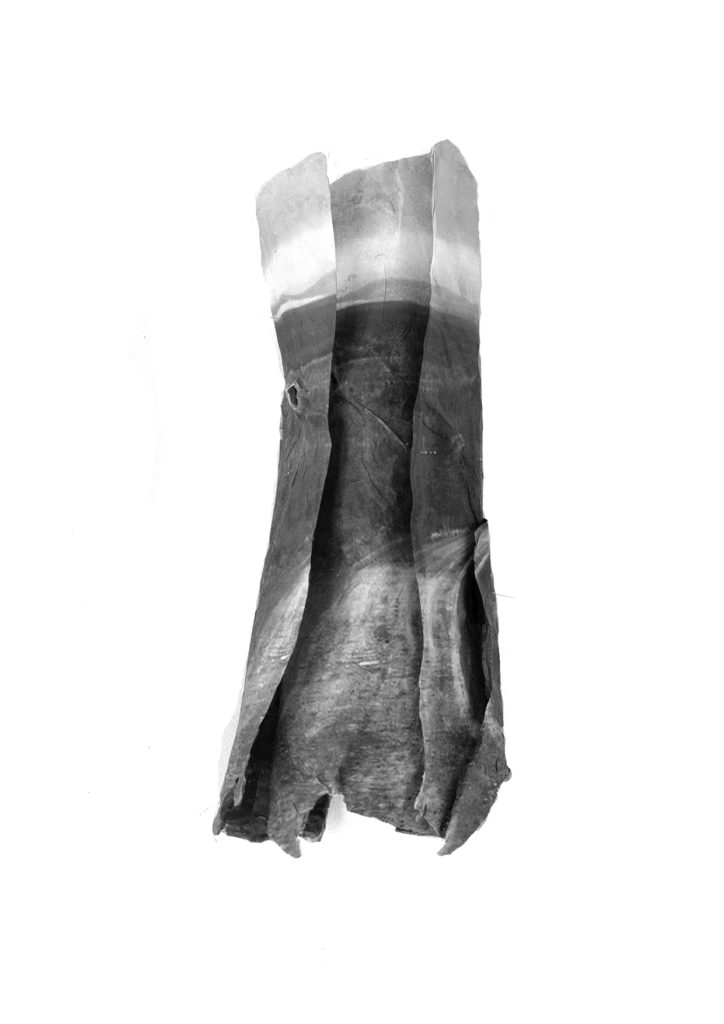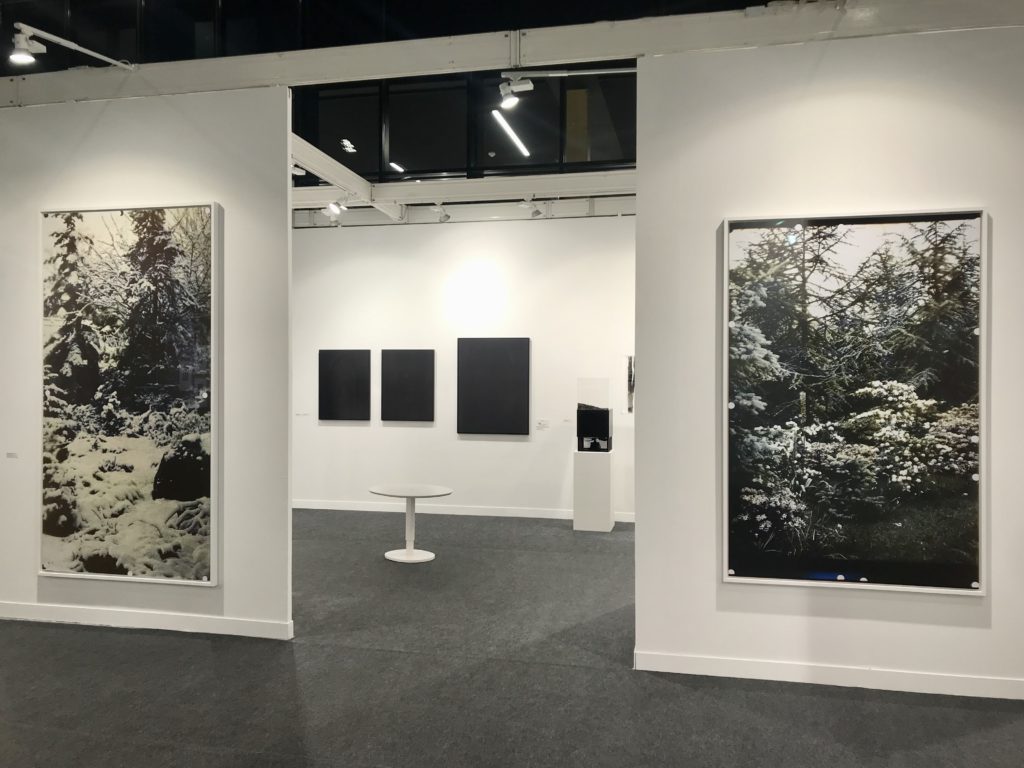Par des jeux de citations et d’appropriations, des techniques anciennes aux dernières innovations, les six projets réunis démontrent les facultés de régénération du médium.
Performance de laboratoire à quatre mains, les tirages chromogènes de Rabichon & Laroche revisitent les autochromes des jardins d’Albert Kahn. Les interventions sur plaques de verre anonymes d’Anaïs Boudot dialoguent avec les expérimentations de Picasso et Brassaï. Révélant le génie des grands bâtisseurs de cathédrales, les monochromes noirs et thermosensibles de Laurence Aëgerter s’éveillent sous l’action des rayons du soleil. Par couches de gomme bichromatée, Laurent Millet retrace le célèbre complexe funéraire de Carlo Scarpa, lorsque Lisa Sartorio dépose ses volumes photographiques dans des coffrets transparents tels des reliquaires. À la pointe des technologies de l’image, Thibault Brunet construit une archéologie du paysage dans l’évocation du cycle des civilisations.
Stand F14
Through a play of quotations and appropriations, from ancient techniques to the latest innovations, the six projects brought together demonstrate the medium’s capacity for regeneration.
Four-handed laboratory performance, Rabichon & Laroche’s chromogenic prints revisit the autochromes of Albert Kahn’s gardens. Anaïs Boudot’s interventions on anonymous glass plates dialogue with the experiments of Picasso and Brassaï. Revealing the genius of the great cathedral builders, Laurence Aëgerter’s black and heat-sensitive monochromes awaken under the action of the sun. Laurent Millet traces Carlo Scarpa’s famous funerary complex in layers of gum bichromate, while Lisa Sartorio places her photographic volumes in transparent boxes like reliquaries. At the cutting edge of image technology, Thibault Brunet constructs an archaeology of the landscape in the evocation of the cycle of civilizations.
Booth F14
